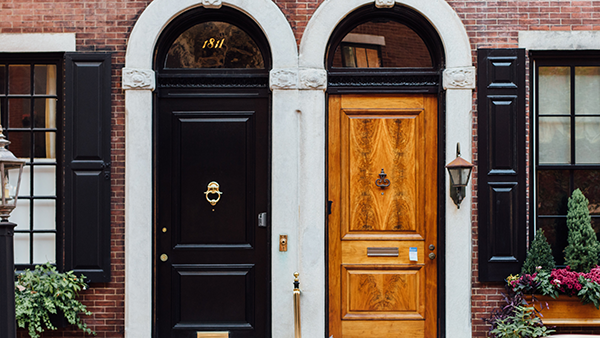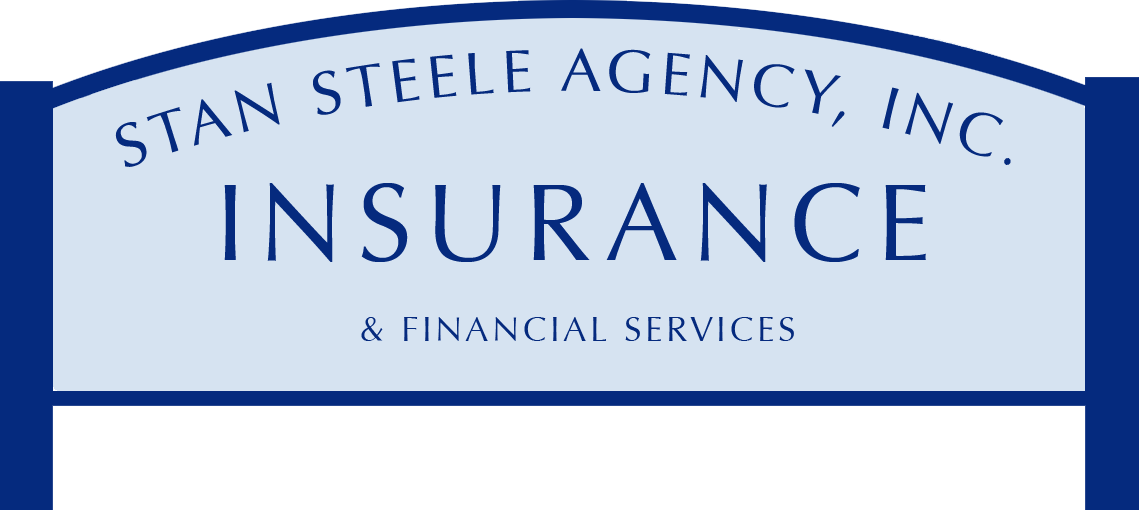Landlord Insurance / Rental Properties

If you own a home that you don't live in, you probably don't qualify for a regular homeowner's policy. If the home is rented to others, you can cover your interest in the property by purchasing a landlord policy.
FAQ: Why does a landlord policy have a higher cost than a homeowners policy?
A homeowner's policy does have a lower premium than a comparable landlord policy. The reasons being: Insurer's experience insuring landlords has shown that the cost of claims for these dwellings is higher per capita than owner-occupied homes. When a homeowner lives in the home they are more tuned in to the threats that exist. Many exhibit pride of ownership and maintain their home and living area. Those that do not own the home they live in may be limited in the actions they are able to take during an emergency situation when every second counts.
A landlord policy has multiple coverage parts:
1. Building coverage
This insures your interest in the building. You may have the option of selecting Actual Cash Valuation or Replacement Cost Valuation. The replacement cost policy will insure the home for the cost to rebuild the home with today's labor and material costs. Actual cash value is determined by selecting a certain percentage of the replacement cost or some other measure of the property value - such as the purchase price.
2. Personal property
Many rental houses or apartments have furnishings such as refrigerator, laundry washing machine & dryer, or may even provide a “fully furnished” living space. Care should be taken to account for these items so that the can be included in an insurance policy where appropriate. The personal property owned by the tenant would not be included in the landlord's policy, which is why anyone who rents the unit they live in should obtain renters insurance to cover their own personal property and liability.
3. Loss of Rental Income
Many times when significant damage is caused to a building, the restoration process can take time. It may mean that the area becomes uninhabitable. When this happens some tenants will move to a different unit and their rent will go along with them. Since many landlords depend on the rents as a source of income, the financial blow of this lost income can quickly add up. The loss of rents coverage should be sufficient for all repairs to be completed in a reasonable amount of time, since it can take up to a year or more for the entire process to play out before the unit is ready for occupancy.
4. Liability Coverage & Medical Payments
The deeded owner is likely to be brought into a lawsuit concerning an accident or injury on premises. Coverage for the legal defense and payment of the legal liability for the loss is very helpful and desired by landlords. In addition the rental/lease agreement between the landlord and the tenant is likely to include a provision requiring the tenant to carry his or her own liability insurance. Many landlords are rightfully leery of renting pet owners because the landlord could be dragged into a lawsuit involving an injury caused by a tenant's pet.
How is my rate determined?
One determinant that is used by most insurers when calculating the cost of a landlord insurance policy is the number of units. The landlord policy can typically accommodate buildings with 1-4 units. If there are 5 or more units, then a different type of policy may be in order. The higher the number of units, the more comings and goings there will be, and consequently, a higher liability premium.
Some companies include a discount when the lease agreement requires an annual commitment from the tenant and when the tenant maintains their own renters insurance.
